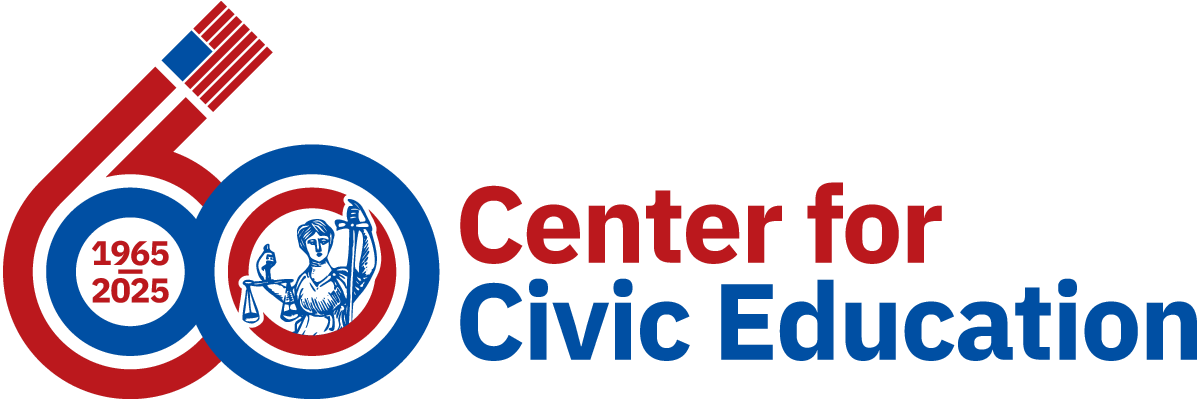The Resource Center » Level 3 » Unit 4 »
Lesson 25: What Is the Role of the Supreme Court in the American Constitutional System?

Lesson Purpose
When you have finished this lesson, you should be able to explain the difference between the Supreme Court's original and appellate jurisdictions. You should be able to explain four methods of constitutional interpretation. You also should be able to explain how America's system of checks and balances limits the power of the Supreme Court. Finally, you should be able to evaluate, take, and defend positions on issues relating to the role of the Supreme Court in the constitutional system.
Lesson Objectives
- explain the difference between the Supreme Court’s original and appellate jurisdictions,
- explain four methods of constitutional interpretation,
- explain how America’s system of checks and balances limits the power of the Supreme Court, and
- evaluate, take, and defend positions on issues relating to the role of the Supreme Court in the constitutional system.
Lesson Terms
Lesson Court Cases
Case Summary
In 1841, Rhode Island was still operating under an archaic system of government established by a royal charter of 1663. The charter strictly limited suffrage and made no provision for amendment. Dissident groups, protesting the charter, held a popular convention to draft a new constitution and to elect a governor. The old charter government declared martial law and put down the rebellion, although no federal troops were sent. One of the insurgents, Martin Luther, brought suit claiming the old government was not "a republican form of government" and all its acts were thereby invalid.
Question(s)
Did the Court have the constitutional authority to declare which group constituted the official government of Rhode Island?
Answer(s)
No. The Court held that "the power of determining that a state government has been lawfully established" did not belong to federal courts, and that it was not the function of such courts to prescribe the qualifications for voting in the states. The Court held that the creation of republican forms of government and the control of domestic violence were matters of an essentially political nature committed by the Constitution to the other branches of government. Hence, the Court should defer to Congress and the president when confronted with such issues.
Lesson Primary Sources
A map showing the geographical jurisdiction of all twelve of the United States courts of appeals, or circuit courts.






